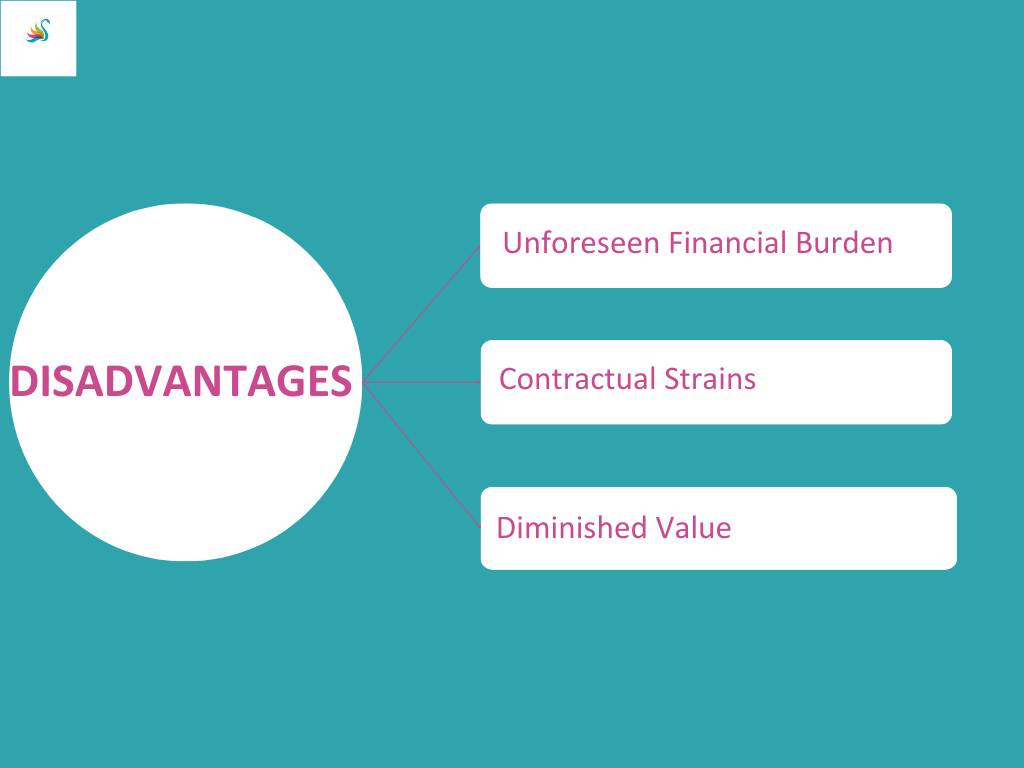Latent Defects in Contracts
Introduction:
In the realm of contracts, a concept of paramount importance is often lurking in the shadows – latent defects. These hidden pitfalls hold the potential to disrupt the harmony between parties, posing both benefits and drawbacks to those involved. In this blog post, we will delve into the essence of latent defects, analyze their impact on contractual agreements, examine case studies to highlight practical implications, and explore available remedies, all while underscoring the significance of understanding and addressing latent defects to safeguard the rights and interests of contracting parties.
Defining Latent Defects:
Latent defects refer to hidden, undisclosed faults or imperfections in goods, properties, or services that are not readily discoverable upon inspection. Unlike patent defects, which are visible or detectable upon reasonable inspection, latent defects remain concealed until circumstances unravel. These defects can exist in numerous forms, such as structural faults in a physical asset, undisclosed financial liabilities, or even intangible issues related to intellectual property rights.
Benefits and Disadvantages of Latent Defects:
Benefits:

a. Informed Decision Making: By requiring sellers or service providers to disclose latent defects, parties can make informed decisions before entering into a contract, mitigating potential risks.
b. Negotiation Leverage: Knowledge of latent defects can provide the affected party with an advantageous position during contract negotiations, allowing for suitable adjustments to the terms or price.
c. Avenues for Recourse: The presence of latent defects can protect the buyer, ensuring remedies if the defects surface after the contract’s execution.
Disadvantages:

1. Unforeseen Financial Burden: Latent defects often expose parties to substantial unforeseen expenses for repairs or remediation.
2. Contractual Strains: The emergence of latent defects may lead to disputes, jeopardizing the relationship between the parties and potentially resulting in legal proceedings.
3. Diminished Value: Undisclosed latent defects reduce the value and profitability of a transaction, impacting long-term investments and resale potential.
Examples and Case Studies:

1. Construction Sector: In a construction contract, latent defects could manifest as hidden issues in the structural integrity of the building, plumbing, or electrical works, affecting safety and functionality.
2. Real Estate: An example of a latent defect in real estate contracts could be the presence of termite infestations or mold, which may not be visible during inspections but pose significant risks and expenses.
3. Intellectual Property: In licensing agreements, latent defects could arise if the licensor fails to disclose a competing claim or litigation that endangers the validity of the intellectual property rights being licensed.
Remedies and Case Laws:
When latent defects surface, affected parties have several remedies at their disposal:

1. Rescission: The contract can be canceled, and both parties are restored to their original positions.
2. Reformation: The contract terms can be altered to reflect the impact of the latent defect.
3. Damages: Compensatory damages can be awarded to the aggrieved party to cover any financial losses incurred due to the defect.
Case Law:
1. In the case of Priest v Last, it was ruled that the seller of a property had a duty to disclose latent defects that might affect the property’s value.
2. In Centex Homes v. St. Paul Surplus Lines Insurance Company, the court held that the insurance company was liable for latent defects in construction.
3. Notable cases like Philip-Lorca Dicorcia vs. Richard Prince brought attention to the latent defect of artistic appropriation rights, highlighting the importance of transparency in contractual agreements concerning intellectual property.
The Crucial Importance of Addressing Latent Defects:
Understanding and addressing latent defects is pivotal for several reasons:

1. Preventing Disputes: Properly addressing latent defects can prevent future disputes and maintain positive business relationships.
2. Minimizing Losses: Swift action can mitigate financial losses and ensure that parties do not suffer undue harm due to hidden defects.
3. Upholding Reputation: Addressing latent defects ethically upholds a party’s reputation for transparency and fairness.
Conclusion:
Latent defects in contracts represent potential landmines capable of detonating in unsuspecting parties’ hands. Failure to address these concealed risks adequately can have far-reaching consequences. By understanding the concept of latent defects, considering their benefits and disadvantages, examining practical examples and case studies, and knowing the remedies available, contracting parties can navigate contracts with heightened diligence and protect their rights and interests effectively. In the ever-evolving landscape of contracts, transparency and communication reign supreme, paving the way for fair and mutually beneficial transactions.
